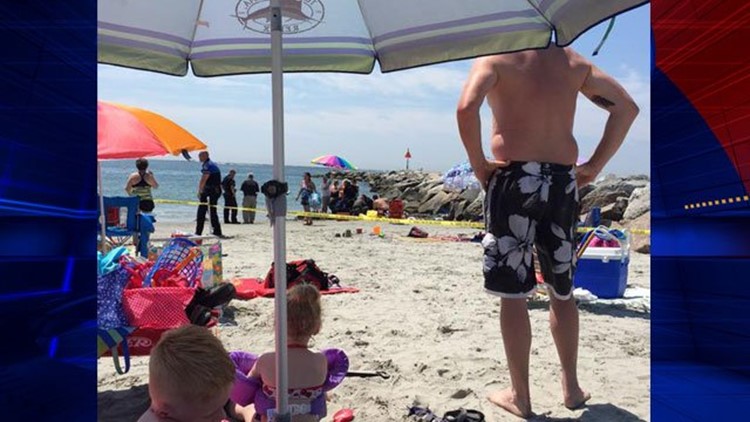PROVIDENCE, R.I. — The cable that caused an explosion at a crowded Narragansett beach last summer, injuring a Waterbury woman, may have counterparts lying under beaches, harbors and waterways at dozens of sites nationwide.
There are 48 sites in 12 states where U.S. Coast Guard lights — in lighthouses, buoys or other beacons — were converted to solar power but sub-cables that used to power them are still in the service’s database.
The Narragansett cable was installed under the sand in the 1950s. It powered navigational lights before it was disconnected and abandoned and a new cable installed in the 1980s. The Coast Guard later converted the lights to solar power.
Scientists say the explosion at Salty Brine Beach in Narragansett, Rhode Island, that injured beachgoer Kathleen Danise, 60, of Waterbury, was probably caused by hydrogen that built up around a corroded Coast Guard cable. Danise suffered fractured ribs as a result of the blast. Her family said she was thrown ten feet into a rocky breakwater when the explosion happened near her beach chair.
In August, Rhode Island Gov. Gina Raimondo asked the Coast Guard to remove the abandoned power cables. Both cables have been removed from under the beach, but portions remain under water beyond the low tide line.
The Coast Guard provided a list to The Associated Press in response to a records request. The cables’ presence in the database indicates they’re probably still there, though there’s no way of knowing for sure without digging.



